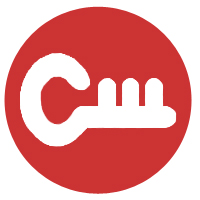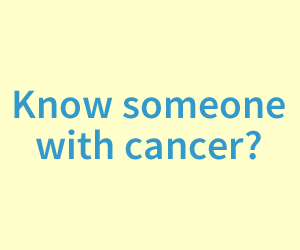Cryoablation: freezing + killing tumor with probes, creating an in-situ cancer vaccine
What is cryoablation?
Cryoablation is a physical modality to destroy tumor by freezing tumor with needle probes that are inserted into or immediately adjacent to a tumor.
What does the procedure involve?
Needle probes are inserted, flanking the tumor. Since the patient is not opened up, the whole procedure is CT-guided so the probes, in relation to the tumor, can be visualized. Liquid argon gas goes through the probes to freeze an area encompassing the tumor (the "ice ball"). The probes are then removed. The larger the tumor, the more probes are inserted, creating a larger ice ball. It is usually an out-patient procedure. Depending on side effects (swelling, anethesia side effects), there may be overnight hospital stay.
I had a few cryoablation procedures done. I had a tumor adjacent to my jaw cryoablated. It was a bit more complicated as they were concerned that swelling from the inflammation may compromise my airway, so I was intubated and hospitalized for a few days afterwards. 4 probes were inserted for the cryoablation.
For my second cryoablation, to a lung tumor around 1cm in diameter, I only stayed in the hospital overnight, as I had vomiting from the anesthesia. 3 probes were inserted for the cryoablation.
For my third cryoabation, to another 1cm lung tumor, it was an outpatient procedure. 3 probes were inserted for the cryoablation. I went to the hospital at 6am for my 9am procedure, then was discharged + walked out of the hospital at 3pm the same day!
What is the advantage?
- in-situ cancer vaccine - Since the dead tumor is not removed after the cryoablation, the dead tumor acts as a cancer vaccine. The immune system hones in on the cryoablated area, then picks up dead tumor and the immune system is trained to attack the tumor.
- can be repeated - Unlike chemo or radiation, where cancer cells can become resistant to those modalities, cryoablation is a physical destruction mechanism, so it can be repeated if there is any recurrence.
- if surgery is not an option, cryoablation may be - Cryoablation does not remove vital structures, such as bone or nerves or blood vessels. Nerves and bone may heal and regenerate after cryoablation. Blood vessels are not damaged. After my lung cryoablation, I had some nerve damage and numbness. Now, after about 3 months, much of the nerve damage and numbness is gone. Usually with surgery, when nerves are physically cut, the nerve damage is permanent.
- healing is very quick, with low morbidity - There is no open surgery, only the probes (like needles) are poked into the area. After the inflammation dies down, there may be scarring of the tissue that has been cryoablated.
What is the disadvantage?
- margins cannot be chased - Since cryoablation is CT-guided, the microscopic environment is not detectable. The size of the ice ball generated by the cryoablation probes is based on the detected tumor plus a margin of ~1cm, depending on the physical limitations of the technique. Often, recurrence may occur right outside of the cryoablation zone.
- tumor tissue is not removed for pathology - Careful analysis of the tumor sample will not be possible. Although if the doctor feels comfortable, a needle biopsy can be done right before the cryoablation. The sample is sucked up while the biopsy needle is also cryoablated to avoid seeding.
Where is it available?
I underwent all my cryoablations at the Karmanos Cancer Center in Detroit, Michigan. Dr. Peter Littrup (no longer there) and Dr. Hussein Aoun performed my cryoablations. They are both extremely skilled in cryoablation.
Do note that cryoablation is not a "proven" treatment for many cancers, so insurance may not cover it. For sarcomas, cryoablation is usually not covered by insurance. For my last lung cryoablation, we had to pay in the order of $16,000+ out of pocket, which includes some discount based on financial situation. For my first head cryoablation, the insurance company made an exception to cover it, but said it was a "one-time thing".
Info on Dr. Hussein Aoun:



